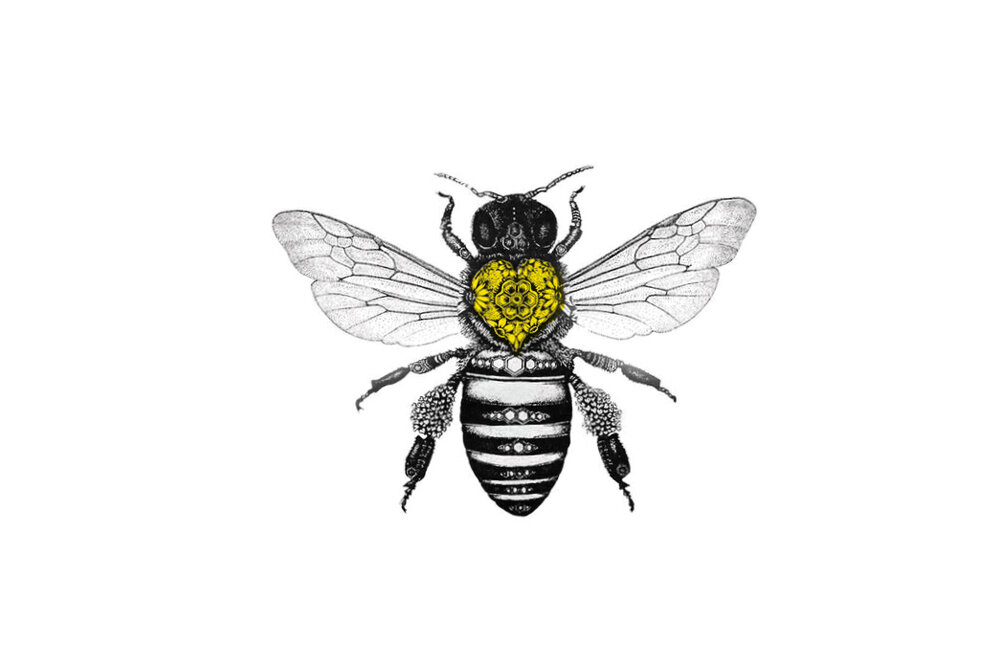Crossing oceans and saving lives
For John De Giorgio, this year's rally aboard Cinderella di San Remo marked the culmination of years of preparation and a lifelong dream. But the journey wasn't just about crossing the Atlantic—it became a story of quick thinking and teamwork in an emergency.
Sign up to read this post
Join Now

